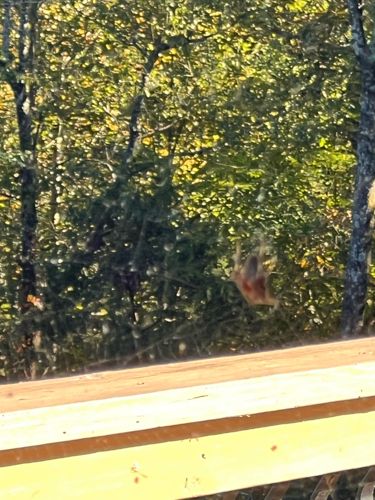Spider (unidentifiable to species)
Scientific Name: Araneae (Order); Family Unidentifiable
Order & Family: Order: Araneae; Family: Unidentifiable due to image quality
Size: Highly variable, from less than 1 mm to over 10 cm in leg span, depending on the species.

Natural Habitat
Widely diverse, depends on species. Generally found in terrestrial environments, often building webs between vegetation, in crevices, or on man-made structures.
Diet & Feeding
Predatory, primarily feeding on insects and other small arthropods caught in webs or hunted actively.
Behavior Patterns
Spiders are solitary predators. Many build silk webs to capture prey (orb weavers, funnel weavers), while others actively hunt (wolf spiders, jumping spiders). They undergo molting as they grow and reproduce sexually, laying eggs in silk sacs.
Risks & Benefits
Benefits: Significant predators of insects, helping to control pest populations. Risks: Most spiders are not harmful to humans; bites are rare and typically result in minor irritation. A few species (e.g., black widows, brown recluse) have venom that can cause more serious reactions, but identification from this image is not possible.
Identified on: 10/15/2025